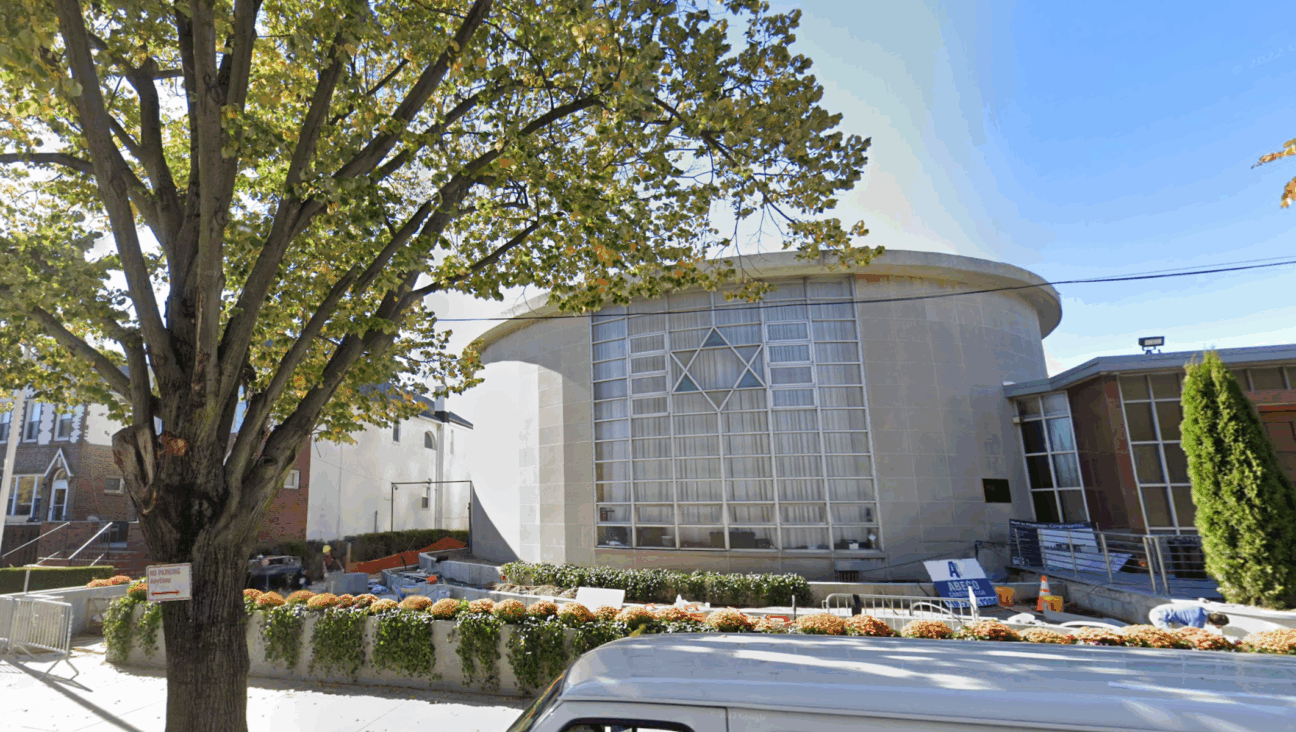By The Numbers: The Forward’s College Guide Formula, Explained

Image by iStock
After months of collecting data and crunching the numbers, we’re proud to present the second annual edition of the Forward’s innovative and award-winning Jewish College Guide, a comprehensive review of the best U.S colleges and universities for Jewish students. This year’s guide features 215 colleges and universities — including 44 new entries. As we did this year, we hope to add more colleges and universities in the next iteration.

Image by Kurt Hoffman
From the outset, our goal has been to be as thorough and transparent with our formula and methodology as possible. We’ve surveyed and spoken with hundreds of parents, students, campus professionals and alumni in order to get a comprehensive picture of what Jews take into consideration when they look for a college. Based on their feedback, we’ve added several new categories and variables to our algorithm.
To be clear, this is a guide has never been a guide to the “Jewiest” colleges, but rather to the best campuses for Jewish students. Of course, a holistic Jewish life looks very different to each and every Jew: Some students we’ve spoken with have cited accessibility to kosher food and synagogues as a top concern, while others spoke of their commitment to social justice and pluralism. We believe our guide has plenty of helpful information no matter what you’re looking for, whether you’re Orthodox and from Long Island or a “Jew-ish” kid from Arkansas.
The Rankings, Explained
There are over 4,000 colleges and universities in the United States — and every school in our list of 215 campuses is a good choice for Jewish students, no matter where on the ranked list it might reside. Our rankings are based on over 50 different factors and a total potential score of 100 points. The maximum score any school received this year was 84.25; our top-ranked schools, tied for first place, were Brown University and Harvard University. The average score was 49.98 and the median was 48.83.
Click here to see the rankings
The Jewish Life Score
As you might expect from a guide for Jewish students, the biggest category — 34 points of 100 — was assigned to Jewish life. We took into account a multitude of factors, including the availability and diversity of Jewish institutions on campus, the presence of nearby synagogues (both for praying on High Holidays away from home and for Sunday School jobs to make some extra money), active Jewish student clubs, attendance at Shabbat services, the presence of an eruv, the availability of kosher food, options for a Jewish studies degree, Jewish scholarships, Jewish Greek life and the size of the Jewish population. We focused on elements of Jewish life both the sacred and the secular, and we were tough: There was only one perfect school, University of Maryland, and only a handful of other schools who scored in the 30s. The average Jewish life score was 14.72.
Click here to see top-ranking schools for jewish life
Loyal followers of the Forward College Guide might note that last year, the Jewish life score was out of 40, not 34 — and that’s because we’ve removed anti-Semitism from this category and have created an entirely new category of safety factors.
The Safety Score
Based on the feedback of students and parents alike, we’ve created a safety score that accounts for 11 of the 100 points in our algorithm. 6 of those 11 points reflect the prevalence of anti-Semitism on campus.
Anti-Semitism is notoriously difficult to define, let alone quantify. To track anti-Semitism, we have chosen to rely on data compiled by the AMCHA Initiative, a not-for-profit organization that documents anti-Semitism on college campuses. While AMCHA has sometimes been criticized, (including in the Forward), for its political stances, it provides by far the most thorough public documentation of campus-based anti-Semitism in all its permutations — allowing us to more comprehensively draw comparisons among all the campuses we tracked. For the purposes of this guide, the only things we are counting are anti-Semitic incidents are those which AMCHA categorizes as “Targeting Jewish Students and Staff,” which include cases of physical assault, harassment and promoting anti-Semitic imagery, like swastikas. The guide does not count harsh criticism of Israel or the promotion of the boycott, divestment and sanctions movement as anti-Semitism for the purpose of this guide — though BDS is tracked in a separate category.
The other 5 points include other factors that impact how safe a student feels on campus, including the presence or absence of a campus LGBT center, the campus and city crime rates per capita, and the prevalence of crimes covered by the Violence Against Women Act, such as domestic violence, dating violence, sexual assault and stalking.
Click here to see top-ranking schools for safety
The Academic Score
We’ve refined our 20-point academic score based on reader feedback to include average SAT scores as well as acceptance rate (as a proxy for selectivity) and the student-to-faculty ratio. We chose these variables because we care about individualized attention as measured by the student-faculty ratio in addition to the academic rigor of the institution. 38 schools received a perfect score in this category.
The Israel Score
20 points were assigned based on factors relating to Israel activity on campus, including the average Birthright trip size, active Israel clubs across the political and ideological spectrums, Israel study abroad options, Israel studies programs, and the presence or absence of a formal BDS resolution in the student government or in student referenda. This year, we took into account whether BDS had passed in the last year or in the past four years, rather than penalizing schools for ever having passed student BDS resolutions. As no schools have ever acted upon a student BDS resolution, a student BDS bill passed a decade ago would not impact students currently on campus. The more vibrant and active the Israel scene, the higher the Israel score. There were no perfect scores, and the average score was 11.97.
Click here to see the best schools for students who love Israel
The Cost Score
Affordability is important — and last year, you told us we didn’t weight it heavily enough. We’ve listened, and this year, affordability represents 15 points rather than 10 in our algorithm.
Points were assigned based on the average cost of attendance (price of tuition, fees, room and board minus average freshman aid package) for schools on our list, in addition to the average loan debt students have at graduation and the average median starting salary for graduates. We chose these factors because the average cost of attendance is a more accurate measure of affordability than the sticker price alone, and because student loan debt starts graduates off on the wrong foot — especially if their starting salary isn’t high enough for them to pay it back in a reasonable amount of time.
Click here to see the schools that offer the best bang for your buck
Where do the data come from?
Our information came from a variety of sources, many painstakingly collected by our terrific College Guide Intern, Sara Serfaty. The most crucial, unique and insightful information about Jewish life on each campus came from current and former students, parents and Hillel, Chabad and OU-JLIC directors and staff throughout the country who shared information and anecdotes; we are very grateful for their generosity and dedication. Most of the data about cost and academics are available publicly on universities’ websites, as well as in the U.S. News & World Report and The Princeton Review. Information from Hillel International’s college guide was also indispensable. Other information was gleaned from the websites of the major Jewish religious denominations, Greek organizations and campus political and religious groups, as well as from the Association for Israel Studies and the AMCHA Initiative.
At 5:00 p.m. EST on August 15, we answered some of your questions about the Jewish College Guide in a Facebook live conversation — email us if you have any more to send our way.
Laura E. Adkins is the Forward’s deputy opinion editor. Contact her at [email protected] or on Twitter, @Laura_E_Adkins


















